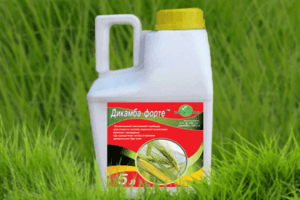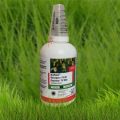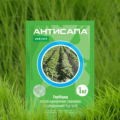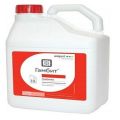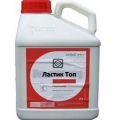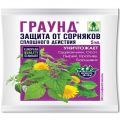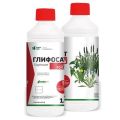Composition and release form of Pallas herbicide, instructions for use and analogues
Weed grass is one of the main enemies of cultivated plants. Growing, weeds take nutrients from the soil, thus depriving field and garden crops. In addition, they shade crops, depriving them of the necessary amount of sunlight, and can become carriers of diseases. An innovative herbicide called Pallas will come to the aid of an agronomist who does not want to tolerate the presence of weeds on the site.
Composition, form of release and purpose
Pallas is an innovative herbicide produced in the form of an oil dispersion. Its function is the destruction of weeds, "crowded" in the crops of grain crops (spring or winter wheat). Designed to control overgrowing weeds in the spring-autumn growing season.
Effective in the fight against such varieties of weeds:
- common broom;
- ambrosia wormwood;
- rapeseed carrion;
- the highlander is cheeky;
- cleavers;
- medium starlet;
- shepherd's bag;
- bindweed highlander;
- chamomile;
- common groundwort;
- clover;
- purpurea and others.
How Pallas herbicide works
The base substance of the herbicide is piroxulam. This component inhibits acetolactate synthase (enzyme), which disrupts the synthesis of amino acids in the weed. The drug penetrates the weed, being transported along the leaves or roots, and as a result inhibits the growth and development of weeds.

Pros and cons
Pallas is highly effective in killing weeds and is therefore very popular with farmers.
Herbicide benefits:
- High efficiency in the fight against annual and some varieties of perennial weeds.
- Lack of aftereffect. The drug is safe for subsequent crops in the rotation.
- High manufacturability. The herbicide can be used in spring or autumn, at the very beginning of culture development (from the moment the first leaves are formed).
- High consistency. Weeds stop growing as soon as the herbicide enters the plant tissue.
- Activity at various temperatures - from 8 to 25 degrees.
There are not so many disadvantages of the drug in comparison with the advantages. One of the drawbacks is human toxicity and the need to use personal protective equipment when spraying the herbicide.
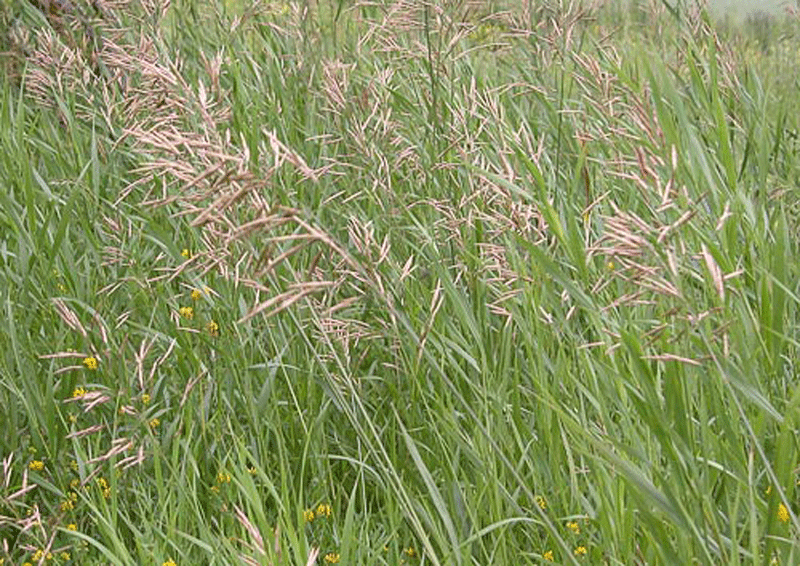
Working solution preparation rules
Pallas herbicide application technology:
- The drug is thoroughly mixed directly in the package.
- The spray tank is filled one third with water.
- Pour the required amount of the drug into the water (see instructions), which will be required for one filling of the sprayer.
- If necessary, add water to the container to the required volume.
- The mixture is thoroughly mixed.
- After using the solution, the free container is thoroughly rinsed with water several times.
The recommended ambient temperature for applying the herbicide is 8-25 degrees.
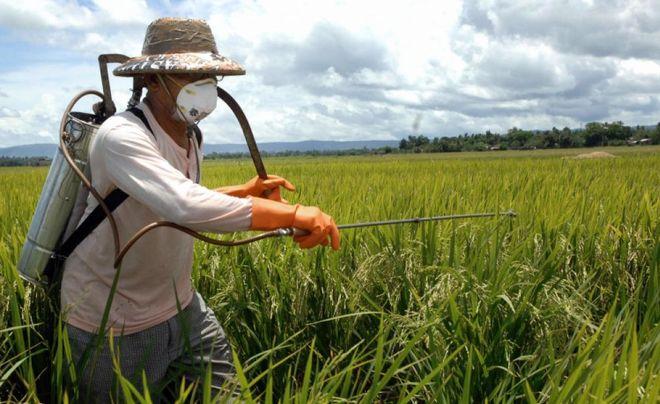
Consumption rate and instructions for use
When distributing the herbicide, the following application rates are taken into account:
- For winter crops. 0.4 g of herbicide is distributed per hectare. The object of destruction is some dicotyledonous weeds and an ordinary broom. Crops are sprayed in the fall, in the early stages of development, of both field crops and weeds.
- For spring crops. 0.4-0.5 g of herbicide is distributed per hectare. The object of destruction is wild oats and common broomstick. Crops are sprayed in the spring before the crops come into the tube, in the early phases of weed development.
Toxicity of the agent
Pallas is considered non-toxic to birds, mammals, fish, bees. But it is harmful to algae. As for the effect on cultivated plants, the product does not negatively affect their growth and development.
The person handling the herbicide should take precautions and take care to protect the skin, respiratory system and mucous membranes.
If signs of malaise as a result of Pallas poisoning are detected, the victim is taken out of the contaminated object, freed from tight clothes and called in by doctors. If the drug gets on the skin, you should carefully, trying not to rub, remove the remnants of the product with a piece of cloth or cotton wool. The contaminated area is washed with soapy water. If the drug gets into the eyes, the organs of vision are immediately washed with running water (the eyelids should be open).
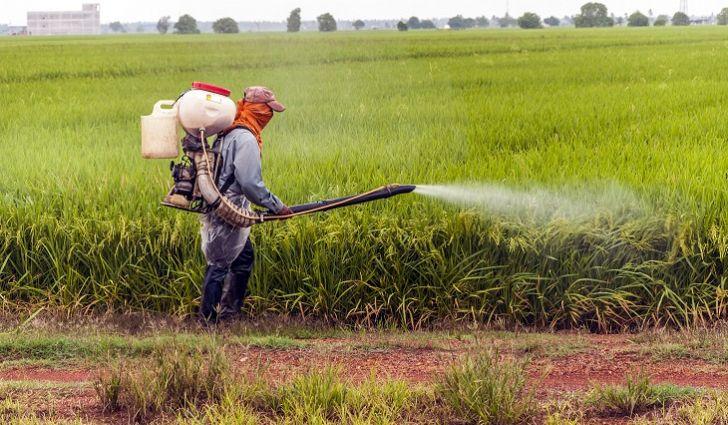
If the herbicide is swallowed, rinse the mouth with water. The victim should drink several glasses of activated charcoal water (1 tablet per kilogram of body weight). By irritating the back of the pharynx, you need to provoke vomiting. This procedure is repeated several times. After such manipulations, the victim should drink a glass of water with activated charcoal (in the same proportions) and immediately receive medical attention.
Attention! There is no specific antidote for Pallas. Treatment for poisoning should be symptomatic.
Compatibility with other substances
The drug is compatible with many herbicides, insecticides, nitrogen fertilizers (liquid). Pallas can also be combined with adhesives, adjuvants. Thanks to this combination, Pallas's dependence on weather conditions is reduced, and the effectiveness against moderately sensitive weeds is increased. Do not mix the product with organophosphate insecticides and crop growth regulators. This alignment can damage the plant.
Council. In each case, you should first check the drugs for compatibility. If the mixture is prepared in a tank, it is necessary to avoid direct mixing of herbicides without first diluting them with water.
Terms and conditions of storage
Pallas should be stored in a dry, ventilated place and always in undamaged original packaging. It is better to allocate a separate room for storage. The storage temperature should not fall below -10 degrees and rise above +40 degrees. The drug is explosion and fire safe, can be stored for 2 years.
Equivalent means
According to the manufacturer's assurances, Pallas has no analogues. As an alternative means, you can use herbicides for field crops: Dialen Super, Pointer, Marathon and others. But they are significantly inferior to Pallas in efficiency.

